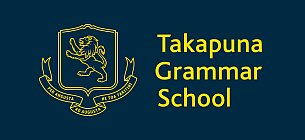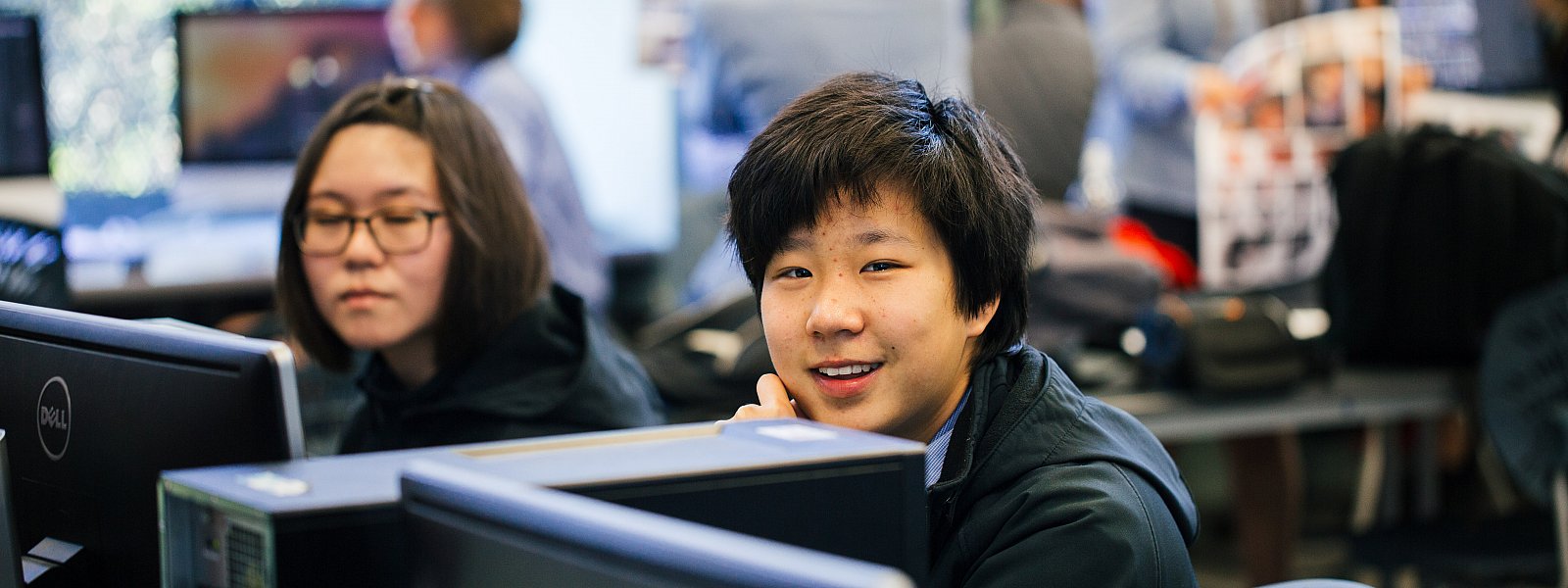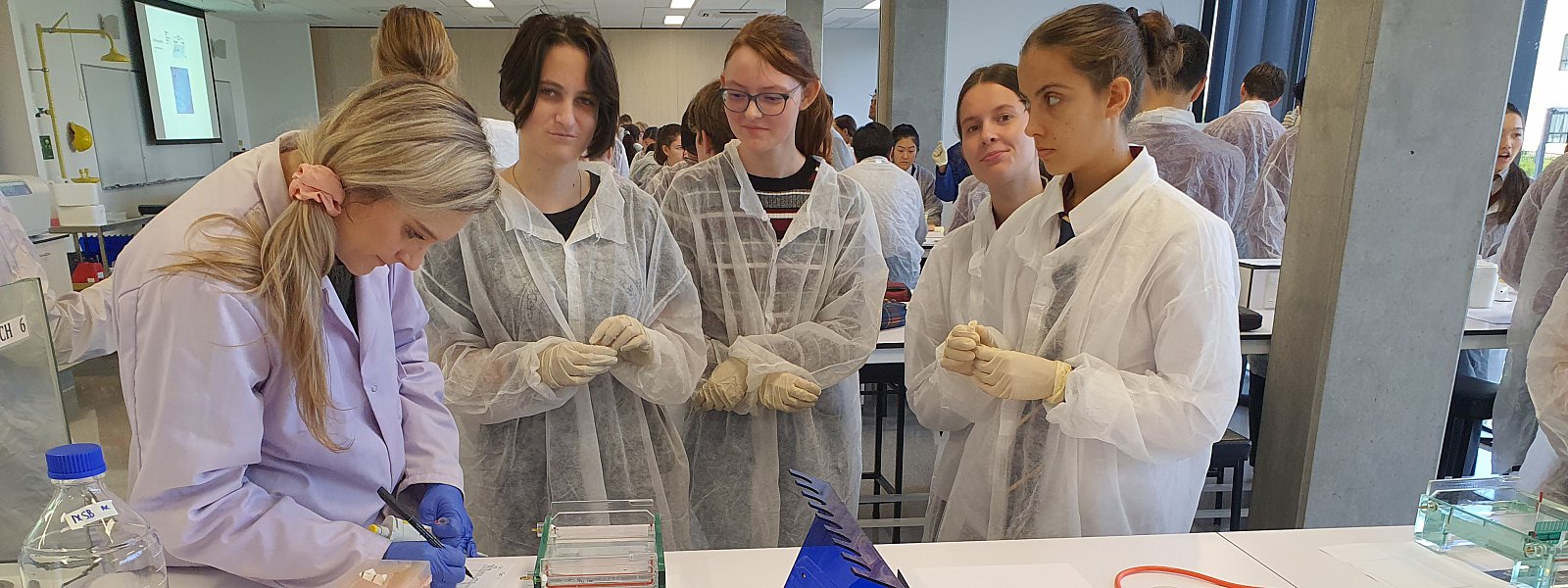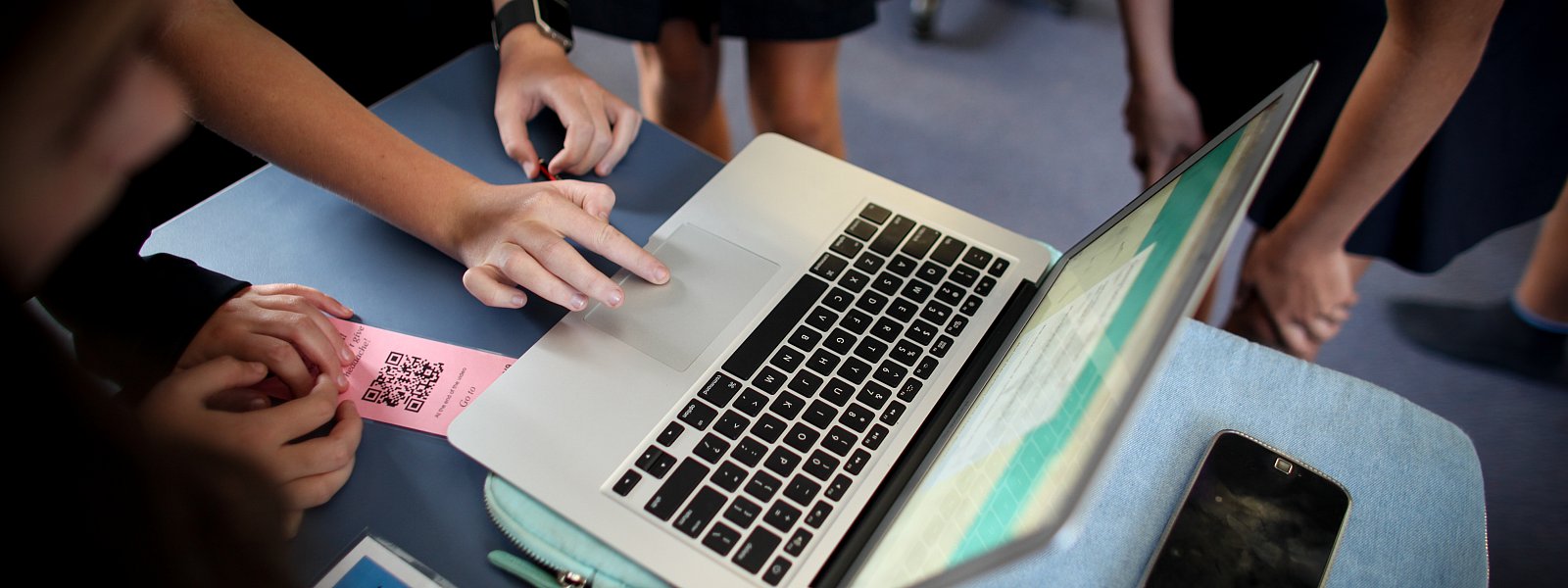The Takapuna Grammar School Learner
Takapuna Grammar seeks to produce a life-long learner who is:
Read More
- Challenged to achieve academic and personal excellence
- A critical, creative and reflective learner
- A motivated life-long learner
- A connected and global citizen
- A participator and contributor
- Academically successful, striving for top level formal qualifications and continually being challenged to gain success in a wide range of contexts
- Well rounded, fully involved in sporting, cultural and musical activities inside and outside the school
- Socially responsible, actively supportive of other students and of members of the wider community
- A global citizen, appreciating of other cultures, political and economic systems and New Zealand’s place in the world as an independent and bicultural nation
- Capable in a wide range of skills, able to move beyond school and to continue to be successful, involved and a life-long learner
The history of Takapuna Grammar School is characterised by a focus on academic achievement and personal excellence. This focus continues today and underpins the future direction of the school. Takapuna Grammar School's priority is quality teaching and learning.
It is the aspiration for personal excellence that motivates the programmes offered by our school, enabling all students to take the opportunity to realise their potential. The commitment to academic excellence has enabled the school to realise outstanding academic performance, both nationally and internationally.
The Takapuna Grammar School Teaching and Learning Pedagogy KCRS
The Learning Behaviours of a Takapuna Grammar School Student: Behaviours are "how" students learn. The behaviours needed by a Takapuna Grammar School student to become a life-long-learner are:
Read More
- K KNOWING Understanding how learning happens (metacognition).
- C CONNECTING Building understanding on what has already been learned from other people, contexts and experiences.
- R RELATING Applying prior learning to make and create links in other contexts and to solve problems creatively.
- S SUPPORTING Being an active participant in a positive and collaborative learning environment that supports diversity and others’ viewpoints.
Staff will teach and model a range of strategies that will enable students to develop these learning behaviours. The behaviours will be applied in a learning context; for example, a subject. These learning contexts will also be rich in knowledge - the "what" of learning. Knowledge; the acquisition and possession of information, of fact, of history, of experience, is the foundation stone for effective teaching and learning.
Each learning context will also develop the values and competencies that the school promotes.
The Teaching Behaviours of a Takapuna Grammar School teacher
All teachers at Takapuna Grammar should be seeking to:
Read More
- Support students to be lifelong learners
- Employ a pedagogy around the learning behaviours of knowing, supporting, connecting and relating
- Teach and model a range of strategies that will enable students to develop these learning behaviours
- Plan and create learning contexts with clear content, skills and values
- Establish high expectations and enable personal excellence
The Key Competencies
People use these competencies to live, learn, work, and contribute as active members of their communities. More complex than skills, the competencies draw also on knowledge, attitudes, and values in ways that lead to action. They are not separate or stand-alone. They are the key to learning in every learning area.
Read More
Thinking
Thinking is about using creative, critical, and metacognitive processes to make sense of information, experiences, and ideas. These processes can be applied to purposes such as developing understanding, making decisions, shaping actions, or constructing knowledge. Intellectual curiosity is at the heart of this competency.
Using language, symbols, and texts
Using language, symbols, and texts is about working with and making meaning of the codes in which knowledge is expressed. Languages and symbols are systems for representing and communicating information, experiences, and ideas. People use languages and symbols to produce texts of all kinds: written, oral/aural and visual, technological.
Managing Self
This competency is associated with self-motivation, a “can-do” attitude, with students seeing themselves as capable learners. It is integral to self-assessment.
Relating to Others
Relating to others is about interacting effectively with a diverse range of people in a variety of contexts. This competency includes the ability to listen actively, recognise different points of view, negotiate, and share ideas.
Participating and Contributing
This competency is about being actively involved in communities. Communities include family, whanau, and school and those based, for example, on a common interest or culture. They may be drawn together for purposes such as learning, work, celebration, or recreation. They may be local, national, or global. This competency includes a capacity to contribute appropriately as a group member, to make connections with others, and to create opportunities for others in the group.




